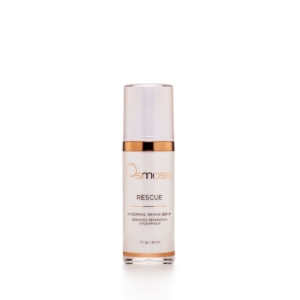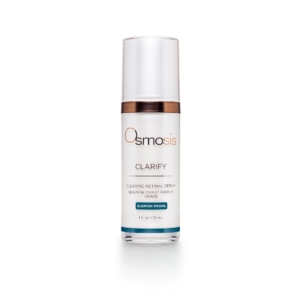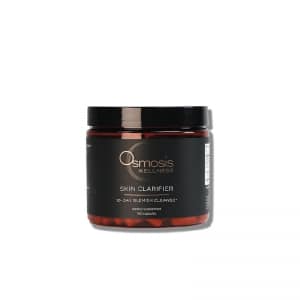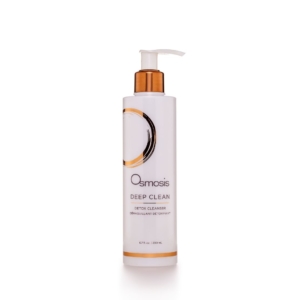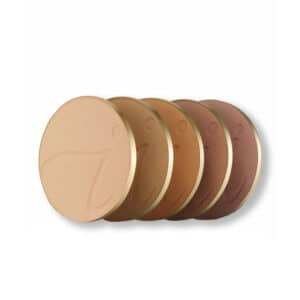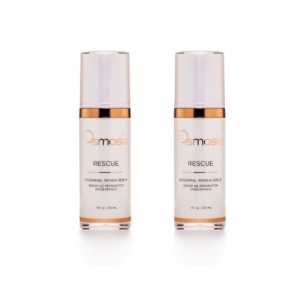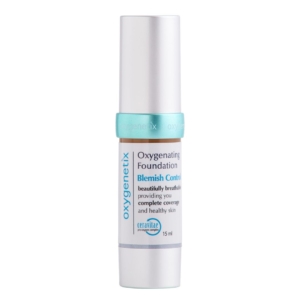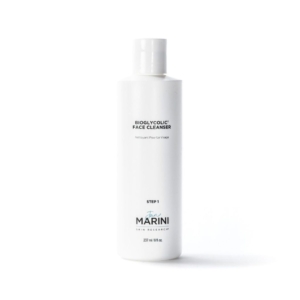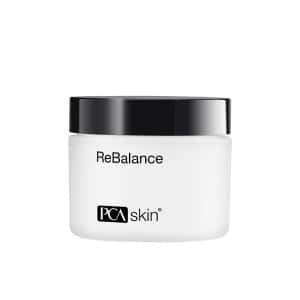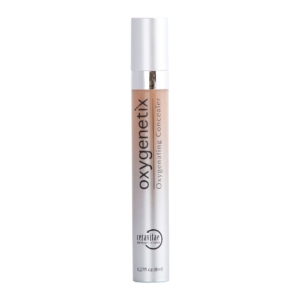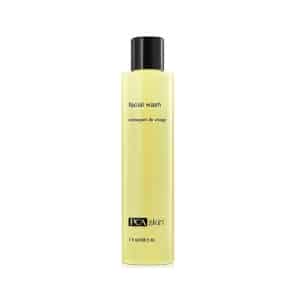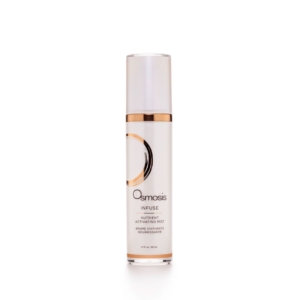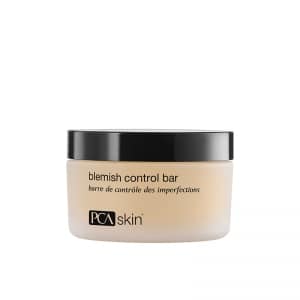Understanding Acne: Causes and Symptoms
Acne is a common skin condition, which affects most people at some point in their lives. It arises when hair follicles under the skin become clogged with oil and dead skin cells. This causes whiteheads, blackheads and acne pustules.
Identifying Acne Symptoms: Signs and Manifestations
The main acne symptoms are spots and blemishes on your face, back and chest. Acne on the forehead is common, and skin often becomes oily and painful to the touch.
Exploring Hormonal Imbalances in Acne Development
Furthermore, acne is closely linked to hormonal imbalances. As such, it hormonal acne often appears during times of hormonal change such as puberty and pregnancy.
Genetic Factors in Acne: Familial Influence
The condition can start at any age and has also been known to pass down through families due to genetics.
Discover Effective Treatments for Acne Breakouts
Browse our full range of treatments to heal breakouts and acne below.
Q&A
What are the main symptoms of acne, and where on the body does it commonly occur?
Acne typically manifests as spots and blemishes on the face, back, and chest. Common symptoms include whiteheads, blackheads, and acne pustules. Acne on the forehead is also common, often accompanied by oily and painful skin.
How is hormonal imbalance related to the development of acne, and during what life stages is hormonal acne more prevalent?
Hormonal imbalances play a significant role in the development of acne, with hormonal acne often appearing during times of hormonal change such as puberty and pregnancy. These imbalances can lead to increased oil production and clogged hair follicles, contributing to acne breakouts.
What are some key ingredients found in effective acne products, and how do they help in treating acne and acne scars?
Effective acne products often contain key ingredients such as retinol, benzoyl peroxide, salicylic acid, and other alpha-hydroxy acids. These ingredients have antibacterial properties that help kill acne-causing bacteria and reduce inflammation.
Additionally, supplements like probiotics can help address disruptions in the gut microbiome, which is linked to acne development.
References
1. Bhate K, Williams H. Epidemiology of Acne Vulgaris. British Journal of Dermatology. 2013;168(3):474-485.
2. Holzmann R, Shakery K. Postadolescent Acne in Females. Skin Pharmacology and Physiology. 2013;27(Suppl. 1):3-8.
3. Khunger N, Kumar C. A Clinico-Epidemiological Study of Adult Acne: Is It Different From Adolescent Acne?. Indian Journal of Dermatology, Venereology, and Leprology. 2012;78(3):335.
4. Tanghetti EA, Kawata AK, Daniels SR, Yeomans K, Burk CT , Callender VD. Understanding the Burden of Adult Female Acne. The Journal of Clinical and Aesthetic Dermatology 2014;7(2):22-30.
